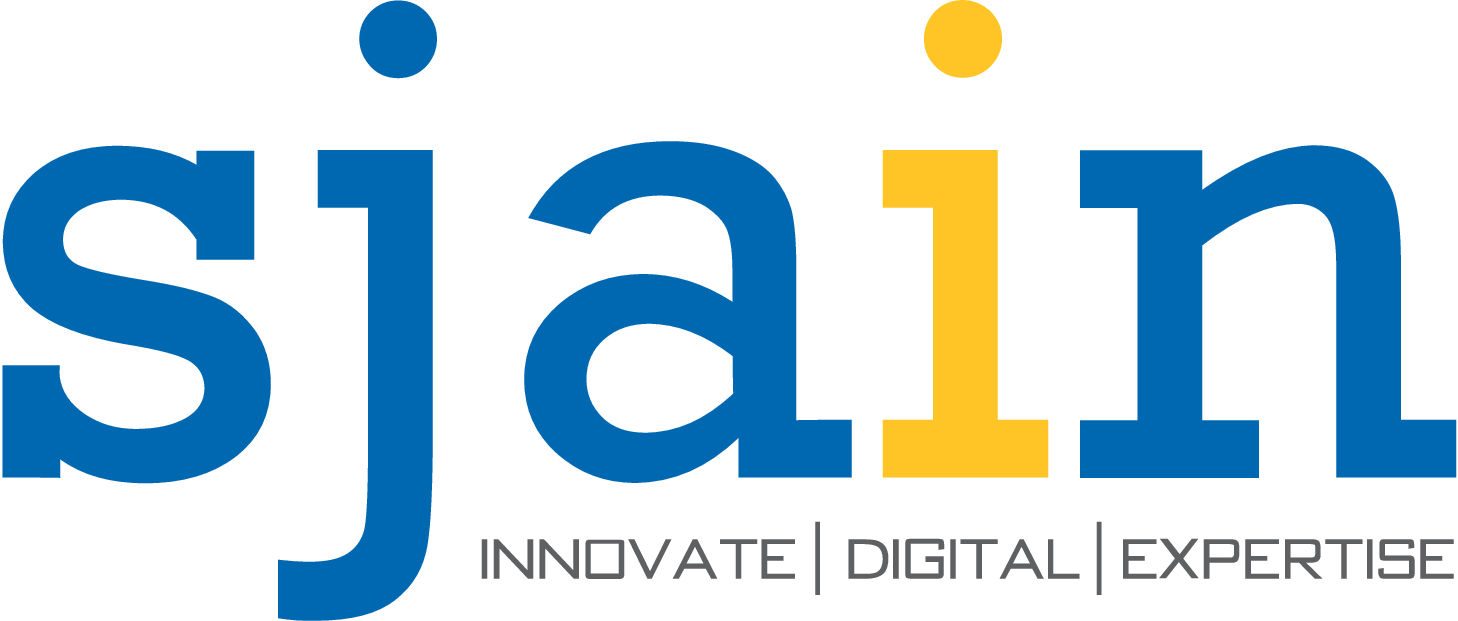Best Practices for Content Creation and Management
There are various best practices to follow while developing and managing content for your web page. Following these best practices not only ensures that your material is of excellent quality and of value to the audience you are targeting, but also enhances search engine optimization and the general experience of your website. We’ll go over the most effective practices for developing and managing content on the website in this article.
As internet businesses expand, the necessity for interesting content becomes increasingly critical. This post will teach you the best practices for creating and managing content on your website in order to increase traffic and enhance overall performance.
Create High-Quality Content
One of the most important best practices for content creation on your website is to create high-quality content. High-quality content is engaging, informative, and relevant to your audience. You can attract and retain users to your website, raise your website’s authority, and enhance your SEO by providing high-quality content.
Understand Your Audience
To generate high-quality content, you must first identify your target audience. You should understand your target audience’s interests and demands, as well as the type of information they want. Market research can assist you gain insight into your target audience and generate content that appeals to them.
Optimize Your Content for SEO
Another important best practice for content creation is to optimize your content for SEO. SEO is a critical component of any online marketing strategy and can help improve your website’s visibility on search engines. Some tips for optimizing your content for SEO include using relevant keywords, creating high-quality meta descriptions, and ensuring your website is mobile-friendly.
Use Visuals
Visuals are a powerful tool for engaging your audience and communicating your message. Using visuals such as images, videos, and infographics can help break up text-heavy content and make it more visually appealing. Visuals can also help improve your website’s SEO, as search engines often prioritize websites with visual content.
Consistency is Key
Consistency is key when it comes to content creation and management on your website. By creating consistent content, you can establish a regular publishing schedule and ensure that your audience knows when to expect new content. Consistency can also help your website’s SEO by showing search engines that your website is current and up to date.
Measure Your Results
Finally, tracking your progress is critical when it comes to content creation and management on your website. You can evaluate what’s working and what’s not by measuring data like website traffic, engagement, and conversion rates, and then alter your plan appropriately. Tools like Google Analytics can assist you in tracking these variables and making data-driven decisions.
Conclusion
Finally, implementing these best practices for content generation and administration on a website can help improve its performance as well as attract and retain visitors. By creating high-quality content, understanding your audience, optimizing for SEO, using visuals, maintaining consistency, and measuring your results, you can create a successful content marketing strategy that drives results. Remember that creating and managing content is a continual process, and it’s critical to constantly analyze and adjust your plan to ensure long-term success.

